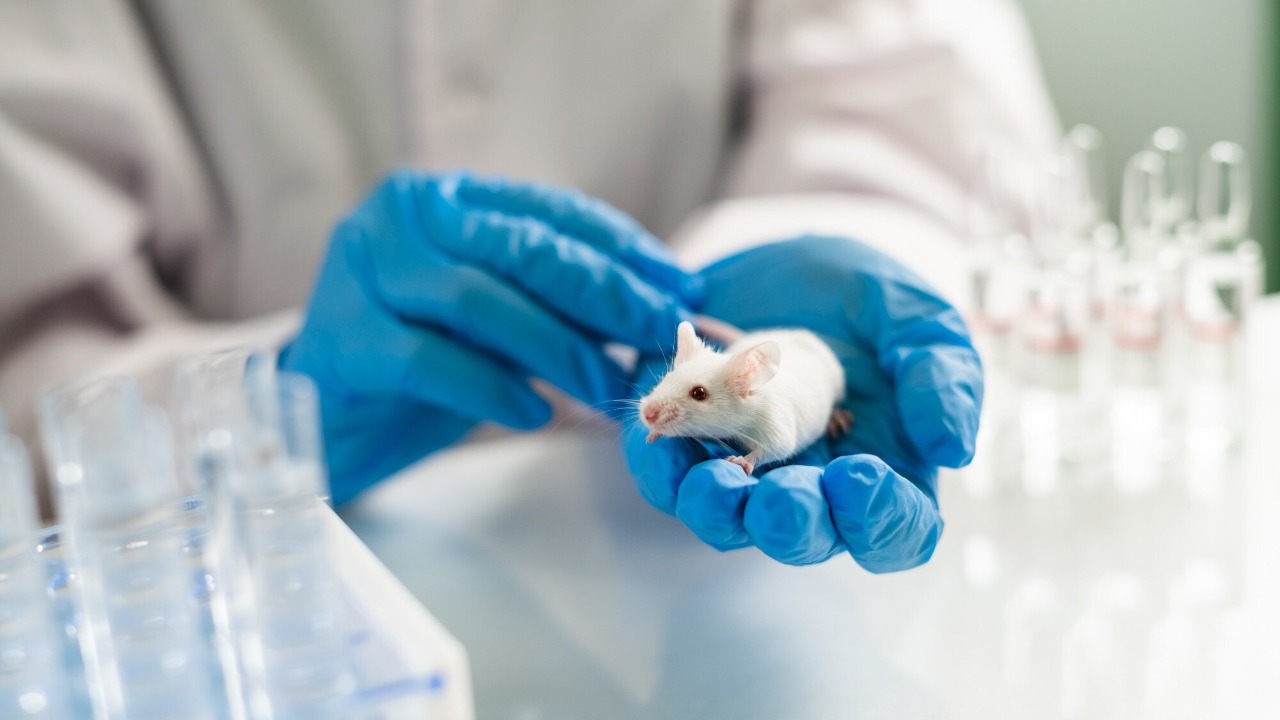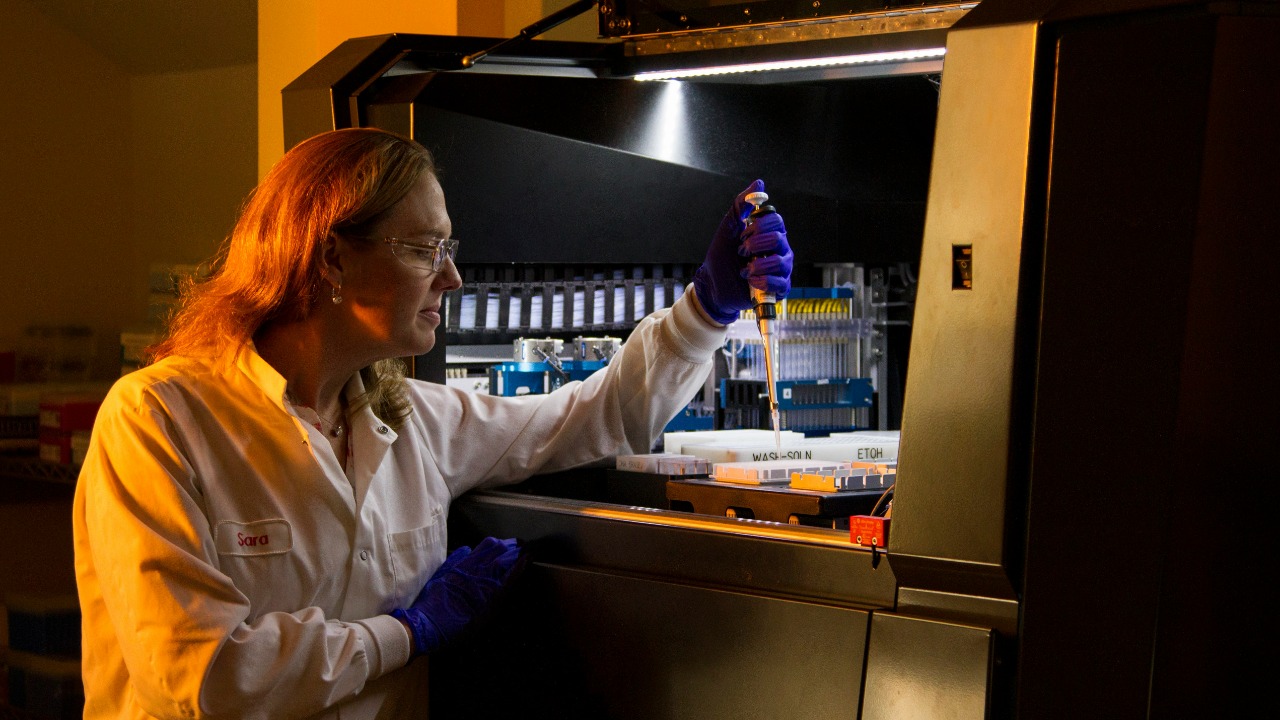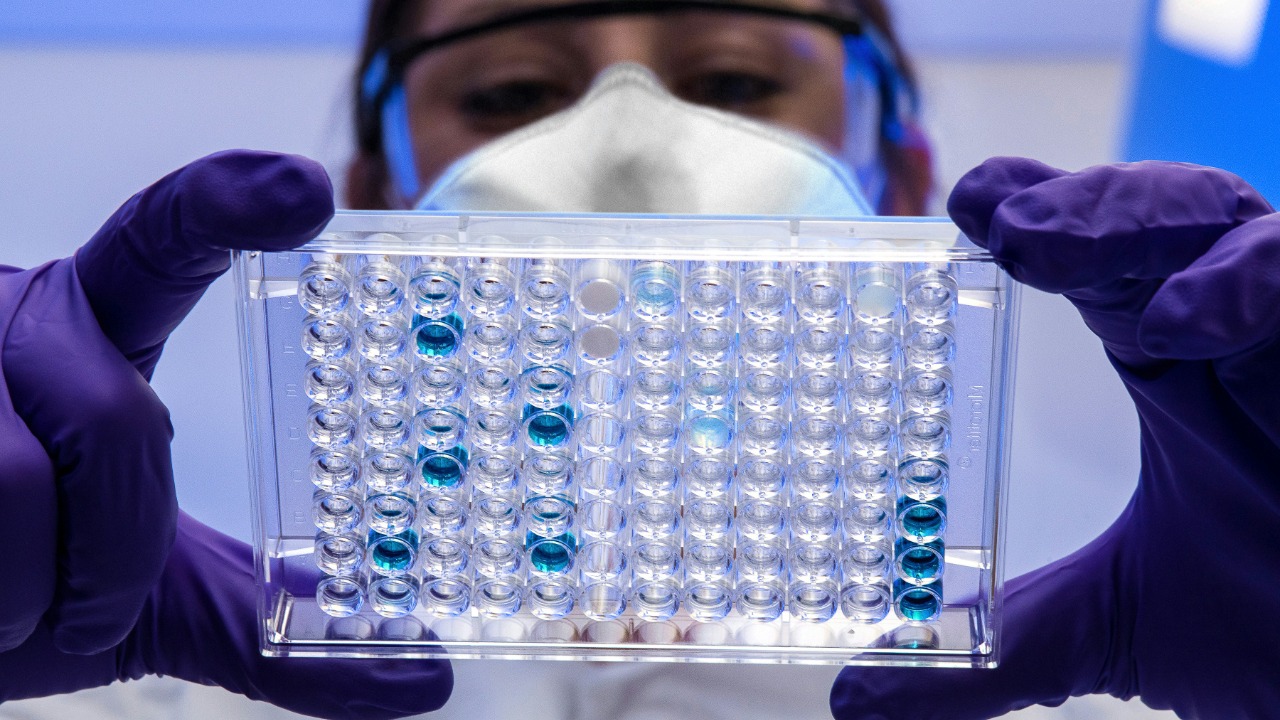
Recent studies have highlighted a significant gender gap in life expectancy, with women in the United States now living about six years longer than men on average. This disparity, which is observed globally and even among many animal species, has led scientists to delve into the underlying biological and behavioral reasons for female longevity.
The Widening Gender Gap in Human Life Expectancy

The gender gap in life expectancy has been a subject of interest for many years. In the United States, this gap has grown to nearly six years by 2023, largely driven by higher male mortality from preventable causes. This trend is not unique to the US; women consistently outlive men by 4-6 years on average globally, with the gap peaking post-2020 in high-income countries according to Newsweek.
Regional variations in this gender gap are also noteworthy. For instance, the gap is larger in the Americas compared to Asia, as per recent World Health Organization data. This suggests that cultural, environmental, and healthcare factors may play a role in shaping these disparities (Daily Mail).
Biological Mechanisms Behind Female Longevity

Several biological mechanisms contribute to the longer life expectancy of women. One key factor is the genetic redundancy provided by women’s two X chromosomes, which offers protection against harmful mutations. In contrast, men have a single X and a Y chromosome, which may limit their cellular repair capabilities (Popular Mechanics).
Another factor is the role of hormones. Estrogen in women supports cardiovascular health and reduces inflammation throughout life, while testosterone in men can pose potential risks (Newsweek). Furthermore, women’s immune systems tend to respond more robustly to infections due to hormonal influences, which can result in lower mortality from diseases like COVID-19 (Daily Mail).
Insights from Animal Studies on Sex Differences

Studies on animal species provide further insights into the gender gap in life expectancy. In over 60% of the 100 mammalian species studied, females live longer than males. This is attributed to evolutionary pressures favoring female survival for reproduction (Earth.com).
Specific examples like elephants and whales, where female longevity exceeds males by up to 10-20 years, mirror human patterns due to similar genetic factors (Popular Mechanics). Lab experiments on mice and fruit flies have shown that removing male-specific genes extends female lifespan, providing a model for human biology (Earth.com).
Behavioral and Lifestyle Contributors to the Gap

Behavioral and lifestyle factors also contribute significantly to the gender gap in life expectancy. Men’s higher rates of risky behaviors, such as smoking and heavy alcohol use, account for 3-4 years of the US life expectancy difference, according to recent CDC data (Prevention).
Occupational hazards also play a role, with men in dangerous jobs like construction facing elevated injury risks, accounting for a portion of premature deaths (Newsweek). Additionally, women are more likely to seek regular healthcare check-ups, leading to earlier interventions for chronic conditions (Daily Mail).
Emerging Research on Genetic and Environmental Interactions

A 2024 study from the University of Rochester revealed that male-specific vulnerabilities in DNA repair mechanisms accelerate aging. This finding, supported by genomic sequencing, adds another layer to our understanding of the gender gap in life expectancy (Popular Mechanics).
Environmental toxins disproportionately affect men due to higher exposure in certain lifestyles, exacerbating biological weaknesses. Cross-species genetic models suggest that sex hormones modulate environmental resilience, with implications for human interventions like hormone therapies (Earth.com).
Implications for Public Health and Future Interventions

The findings of these studies have significant implications for public health policies. For instance, targeted male health campaigns could help reduce the six-year US gap through behavior modification programs (Prevention).
Biotechnological advances, such as gene editing to mitigate male-specific aging risks, could also be explored based on insights derived from animal studies (Popular Mechanics). Without such interventions, the gap could widen to seven years by 2050, according to longitudinal data analyses (Daily Mail).